The aim of this workshop series is to provide participants with hands-on training and in-depth understanding of cutting-edge techniques and methodologies in various fields of cellular and molecular biology. Through a combination of theoretical knowledge and practical applications, participants will gain valuable insights into advanced cell imaging, biosensor technologies, tissue visualization, metabolic analysis, and molecular manipulation. By exploring advanced techniques such as laser ablation, chemogenetics, 3D-light-sheet imaging, and fluorescence microscopy, this workshop aims to equip attendees with the skills and expertise necessary to address complex biological questions, unravel intricate cellular processes, and advance research in areas ranging from neuroscience and developmental biology to metabolism and disease mechanisms. Pick maximum two modules and please register for the selected modules using the registration form.
Module 1- Single cell laser injury and simultaneous Calcium and ATP imaging using high resolution confocal microscopy.
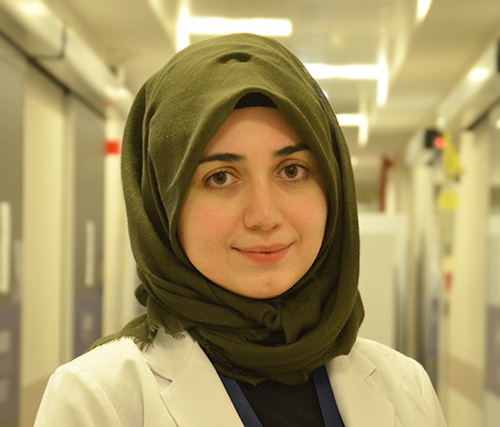
Hello, my name is Dr. Esra Nur Yiğit. This workshop explores advanced techniques of laser microdissection while conducting real-time calcium and ATP imaging using genetically encoded biosensors. Participants will learn how to induce precise cellular damage such as single axotomy and monitor intracellular dynamics, fostering insights into cellular response mechanisms.
References:
Ghaffari Zaki A et al., Genetically Encoded Biosensors Unveil Neuronal Injury Dynamics via Multichromatic ATP and Calcium Imaging. ACS Sens. 2024 Jan 31. doi: 10.1021/acssensors.3c02111. Epub ahead of print.
Aydın MŞ et al., Active shrinkage protects neurons following axonal transection. iScience. 2023 Aug 25;26(10):107715. doi: 10.1016/j.isci.2023.107715.
Module 2- Real-time manipulation and observation of H2O2 and pH using chemogenetic and imaging approaches
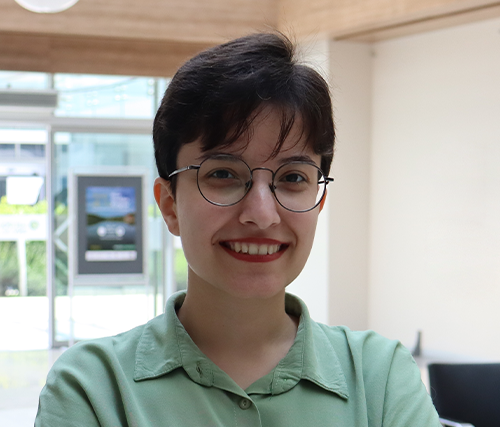
Dear fellows, this is Asal Ghaffari Zaki. This workshop delves into manipulating H2O2 and pH levels through chemogenetic approaches while employing wide-field techniques and genetically encoded biosensors for real-time visualization. Participants will learn to modulate cellular environments and track dynamic changes, enabling precise control and observation of biochemical processes.
References:
Ghaffari Zaki A et al., Development of a Chemogenetic Approach to Manipulate Intracellular pH. J Am Chem Soc. 2023 Jun 7;145(22):11899-11902. doi: 10.1021/jacs.3c00703. Epub 2023 May 24.
Erdogan YC et al.,Complexities of the chemogenetic toolkit: Differential mDAAO activation by d-amino substrates and subcellular targeting. Free Radic Biol Med. 2021 Dec;177:132-142. doi: 10.1016/j.freeradbiomed.2021.10.023. Epub 2021 Oct 20.
Module 3 – 3D-light-sheet imaging of brain tissues and tissue clearing techniques

Hi, I am Dr. Mehmet Şerif Aydın. This workshop focuses on employing 3D-light-sheet imaging to visualize brain tissues, coupled with tissue clearing techniques to enhance imaging depth and clarity. Participants will explore cutting-edge methods for studying neural architecture in three dimensions, facilitating comprehensive analysis of brain structure and function.
References:
Pan, C., Cai, R., Quacquarelli, F. et al. Shrinkage-mediated imaging of entire organs and organisms using uDISCO. Nat Methods 13, 859–867 (2016). https://doi.org/10.1038/nmeth.3964
Ueda HR et al, Tissue clearing and its applications in neuroscience. Nat Rev Neurosci. 2020 Feb;21(2):61-79. doi: 10.1038/s41583-019-0250-1.
Aydin, M. S. et al., Transfer and Integration of Breast Milk Stem Cells to the Brain of Suckling Pups. Sci Rep 8, 14289 (2018)
Module 4 – Stereo fluorescence imaging of vessels in ovo
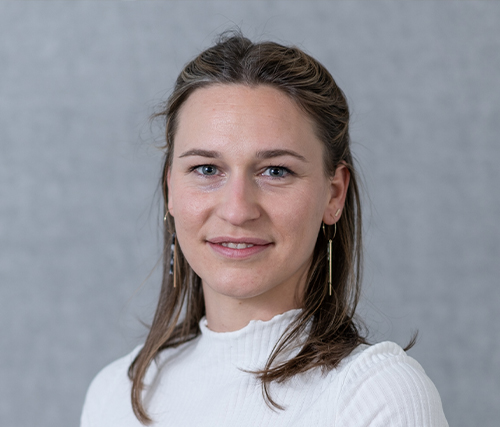
Dear all, this is Dr. Theresa Balber. This workshop introduces stereo fluorescence imaging techniques for visualizing vascular structures in ovo (in the chicken egg) utilizing fluorescent dyes. Participants will learn the injection and visualization techniques.
References:
Balber T et al. Experimental Nuclear Medicine Meets Tumor Biology. Pharmaceuticals (Basel). 2022 Feb 14;15(2):227. doi: 10.3390/ph15020227.
Module 5 – Practical Applications of High-Content Real-Time Cell Metabolic Analysis with Seahorse Analyzer: Techniques and Insights

Dear participants, this is Şeyma Kablan Çimen. This workshop offers hands-on training in high-content Seahorse technology, focusing on real-time cell metabolic analysis. Participants will learn to utilize Seahorse technology for comprehensive assessment of cellular bioenergetics, gaining insights into metabolic pathways and their modulation in health and disease.
References:
Little AC et al., High-content fluorescence imaging with the metabolic flux assay reveals insights into mitochondrial properties and functions. Commun Biol. 2020 May 29;3(1):271. doi: 10.1038/s42003-020-0988-z.
Yozgat Y et al., Hexokinase 1b is a novel target for Non–small-cell lung cancer. Biorxiv. 2022 June 30; doi: https://doi.org/10.1101/2022.06.27.497447
Module 6 – An introduction to axolotl limb regeneration
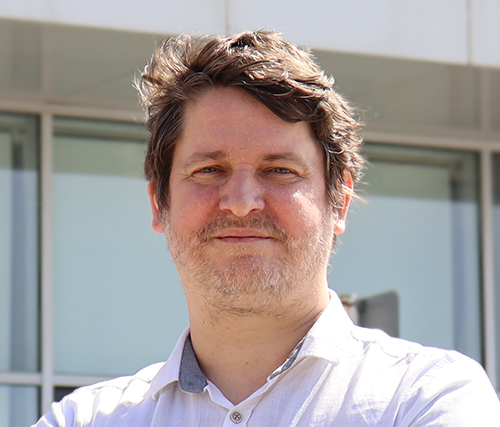
Bonjour, this is Dr. Sven Vilain. In this workshop we will introduce axolotl as a model organism to study regeneration. We will show axolotl salamanders with and without regenerating limbs and discuss some principles of axolotl limb regeneration. Hence, the workshop will provide a presentation of axolotl regeneration studies.
Module 7 – Hyper Quantification employing FACS
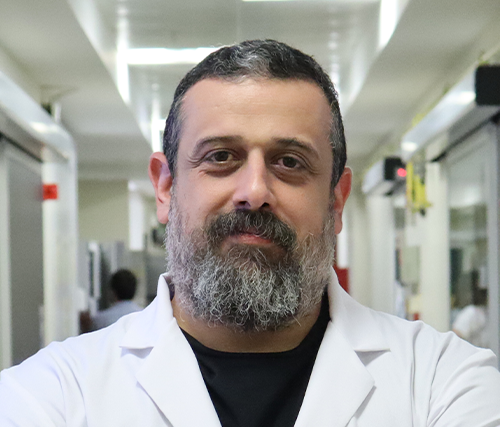
Dear Friends, I am Emre Vatandaşlar. This workshop provides training on selecting and sorting stable cells using FACS based-methodology and quantifying HyPer7.2 signals through Flow Cytometry (FC) analysis. Participants will learn to optimize protocols for detection and quantifying intracellular hydrogen peroxide levels using HyPer7.2 with FlowJo analysis software, as a high throughput screening method.
References:
Secilmis M, et al. A Co-Culture-Based Multiparametric Imaging Technique to Dissect Local H2O2 Signals with Targeted HyPer7. Biosensors (Basel). 2021 Sep 14;11(9):338. doi: 10.3390/bios11090338.
Altun HY et al. Visualizing H2O2 and NO in endothelial cells: strategies and pitfalls. Biorxiv https://www.biorxiv.org/content/10.1101/2023.02.15.528776v1
Module 8- Correlative light and electron microscopy with elemental mapping using EDX
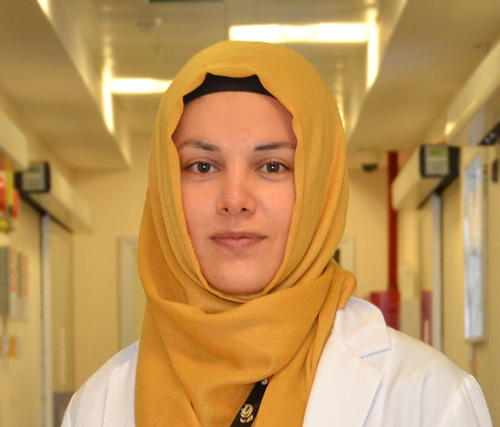
Kon’nichiwa, I am Dr. Şükriye Bilir. This workshop introduces techniques for combining light and electron microscopy, along with Energy Dispersive X-ray Spectroscopy (EDX) for elemental mapping. Participants will learn to integrate optical and electron microscopy images, correlating cellular structures with elemental composition, advancing their understanding of biological and material sciences.
References:
Aydın MŞ et al. Live cell imaging and CLEM reveals effects of Mutant Huntingtin Aggregation Process. https://www.biorxiv.org/content/10.1101/2023.02.15.528776v1 Preprint
Pirozzi NM, Hoogenboom JP, Giepmans BNG. ColorEM: analytical electron microscopy for element-guided identification and imaging of the building blocks of life. Histochem Cell Biol. 2018 Nov;150(5):509-520. doi: 10.1007/s00418-018-1707-4. Epub 2018 Aug 17. PMID: 30120552; PMCID: PMC6182685.
Module 9 – Real-time imaging of cerebral blood flow in vivo
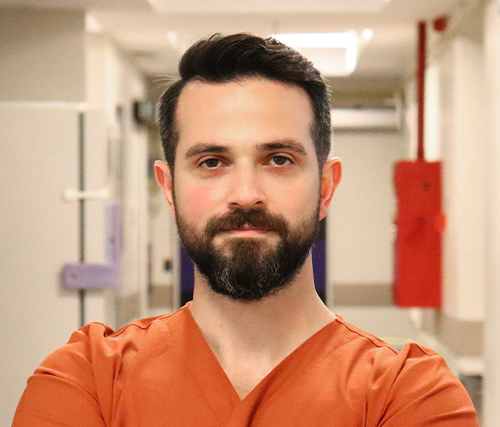
Hello this is Dr. Serdar Altunay. This workshop will focus on how real-time cerebral blood flow imaging is performed using a laser speckle imaging system over the skull of a live animal. It will also discuss how to analyse the data obtained from the imaging.
References:
Kilic U, et al. Inflammatory Cytokines are in Action: Brain Plasticity and Recovery after Brain Ischemia Due to Delayed Melatonin Administration. J Stroke Cerebrovasc Dis. 2021 Dec;30(12):106105.
Module 10: Laser-capture Microdissection / Catapult system and Optical Tweezers
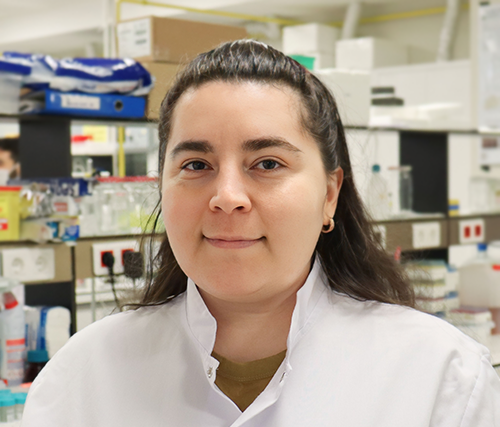
Merhaba I am Arife Ahsen Kaplan. This workshop focuses on the Palm Microbeam Laser Microdissection system. Participants will learn how laser microdissection microscopy enables the single cell laser ablation and collecting single cell with pressure catapulting.
References:
Aydın MŞ, Bay S, Yiğit EN, Özgül C, Oğuz EK, Konuk EY, Ayşit N, Cengiz N, Erdoğan E, Him A, Koçak M, Eroglu E, Öztürk G. Active shrinkage protects neurons following axonal transection. iScience. 2023 Aug 25;26(10):107715. doi: 10.1016/j.isci.2023.107715.
https://www.biotech.cornell.edu/sites/default/files/2020-06/Zeiss%20Palm%20MicroBeam.pdf